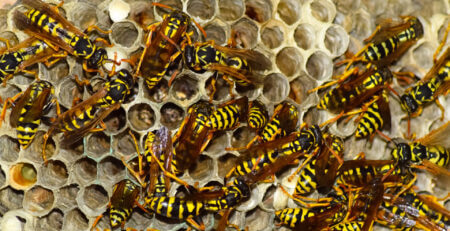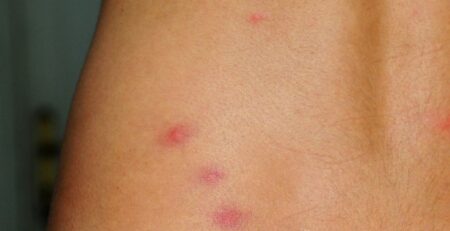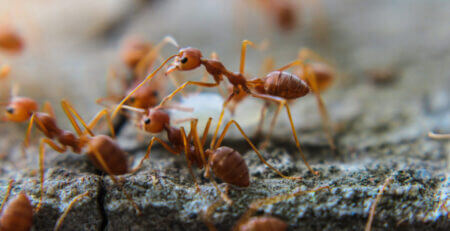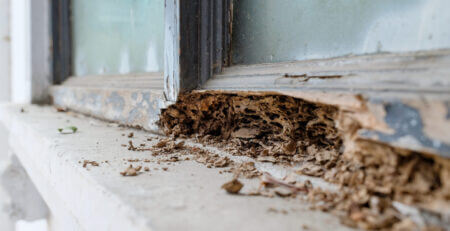Identifying and Controlling Ants in Specific Regions of the UK
Ant infestations can vary depending on the geographical region, presenting unique challenges for identification and control. Understanding the common ant species and their behavior in specific regions of the UK is crucial for effective pest management. In this article, we will explore ant identification and control strategies in different regions, including the common ant species in London and surrounding areas, the challenges of ant control in rural areas and farmlands, the impact of ant infestations in coastal areas, and effective ant control strategies in urban environments.
Common Ant Species in London and Surrounding Areas:
London and its surrounding areas are home to various ant species. Identifying these species is vital for effective control. Here are some common ant species found in this region:
- Black Garden Ants (Lasius niger): These small, black ants are often found nesting in gardens, with visible trails leading to food sources. They can also forage indoors.
- Pharaoh Ants (Monomorium pharaonis): These small, light-yellow to reddish-brown ants are commonly found in heated buildings. They establish nests in warm, humid areas, and their colonies can grow rapidly.
- Ghost Ants (Tapinoma melanocephalum): These tiny, pale ants have a transparent appearance. They often nest in wall voids, behind baseboards, or in moist areas like bathrooms and kitchens.
By identifying these ant species, homeowners and pest control professionals can employ targeted control methods for effective ant management.
Ant Control Challenges in Rural Areas and Farmlands
Rural areas and farmlands present unique challenges when it comes to ant control. Here are some key challenges and considerations:
- Wide Range of Habitats: Rural areas often have diverse landscapes, including fields, wooded areas, and open spaces. Ant colonies can establish nests in various locations, making identification and control more challenging.
- Farming Practices: Ants in farmlands can interfere with agricultural activities, such as damaging crops, invading storage areas, or disrupting livestock management.
- Environmental Impact: Pesticide use in rural areas must be carefully managed to minimize adverse effects on the environment and non-target organisms.
Implementing integrated pest management (IPM) strategies, including monitoring, habitat modification, and targeted control methods, is essential for effective ant management in rural areas and farmlands.
Coastal Areas and Ant Infestations
What You Need to Know: Coastal areas have their own considerations when it comes to ant infestations. Here’s what you need to know:
- Nesting Preferences: Ants in coastal areas may establish nests in sandy soils, cliffs, or dunes. They may also infest beachfront properties or coastal vegetation.
- Moisture and Salinity: Coastal environments have higher moisture levels and salt content, which can impact ant behaviour and nesting habits.
- Increased Human Activity: Coastal areas often experience high levels of human activity, increasing the potential for ant infestations in residential and recreational areas.
Effective ant control in coastal areas requires a combination of preventive measures, regular inspections, and targeted treatments to address infestations and minimize the impact on coastal properties.
Urban Environments and Ant Control Strategies
Urban environments, including cities and towns, present unique challenges for ant control due to their dense population and diverse landscapes. Here are some effective strategies:
- Identification and Monitoring: Identify common ant species in urban areas and implement regular monitoring to detect infestations early.
- Source Reduction: Minimize attractants such as food crumbs, standing water, and garbage by implementing proper waste management practices.
- Structural Maintenance: Seal entry points and cracks in buildings to prevent ant entry into structures.
- Targeted Treatments: Utilize targeted ant baits, sprays, or granular products in areas of high ant activity or known nesting sites.
- Community Cooperation: Encourage community-wide ant control efforts, as ants can easily move between neighbouring properties.
- Professional Pest Management: In urban environments, consulting with professional pest control services can provide expertise and tailored solutions for effective ant control.
By implementing these strategies, urban dwellers can mitigate ant infestations and maintain pest-free environments.
Conclusion
Identifying and controlling ants in specific regions of the UK requires an understanding of the common ant species and the unique challenges each region presents. In London and surrounding areas, the focus is on species such as Black Garden Ants, Pharaoh Ants, and Ghost Ants. Rural areas and farmlands require integrated pest management strategies to tackle the wide range of ant habitats and minimize environmental impact. Coastal areas demand attention to moisture, nesting preferences, and increased human activity. Urban environments necessitate proactive measures, such as source reduction, structural maintenance, and targeted treatments, while fostering community cooperation for effective ant control. By tailoring ant control strategies to specific regions, homeowners, businesses, and communities can effectively manage ant infestations and maintain pest-free environments throughout the UK.










